Affiliate disclosure: This post may contain affiliate links. Please see our Privacy Policy.
Raising baby chicks is one of the most common way to get started with backyard chicken keeping. Young chicks need special care in their first few weeks of life, but with the right care you’ll have adult hens ready for the coop in no time.
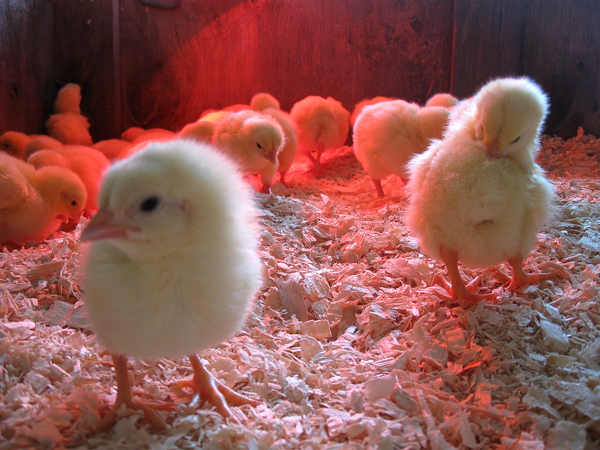
Baby chicks are the most common way to get started with backyard chickens. When you start young, the chicks get accustomed to you, your routines and your yard right from the start.
The trick is, young chicks need special care, especially for their first few weeks of life. They can’t just go right into the coop.
In some areas, you can also purchase started chicks known as pullets. There’s are young chickens not old enough to lay, but mature enough to go right into the coop. Pullets are usually 8 to 12 weeks old.
Pullets are a good option if you don’t want to deal with heat lamps, but they’re not commonly available, and you also don’t get all the joy of tending baby chicks each day.
Where to Buy Baby Chicks
When it’s time to buy, there are a few good ways to find your chicks. Some will depend on your personal choice, how soon you want the chicks, and whether you’re looking for a specific breed.
If you have a local Tractor Supply Company, that’s a great place to start. They offer a wide assortment of breeds, and you can buy your chick starter feed right there in the same place. If you need heat lamps, bulbs, or bedding, they’ll have that, too, so it’s a one-and-done if you shop here.
Another choice is your local feed store. You may have to order in advance, but you’ll get the same excellent breed assortment and options, including feed and bedding. It’s also a great place for advice or answers to any questions about your new feathered friends.
Finally, you can order through an online hatchery, of which there are many. Researching the company before you start is worth your time, as some have better reviews than others. You’ll often see on the website when new chicks will be ready. Sometimes the order will be ready to ship at once, and sometimes, you may have to wait a month or so, depending on their hatch schedule. Be sure you’ll be home when the chicks arrive so you can get them out and provide them with food and water immediately.
When ordering through a hatchery, don’t be surprised if some chicks don’t make it. This situation is not uncommon, and sometimes the hatcheries will add another chick or two to your order, just in case.
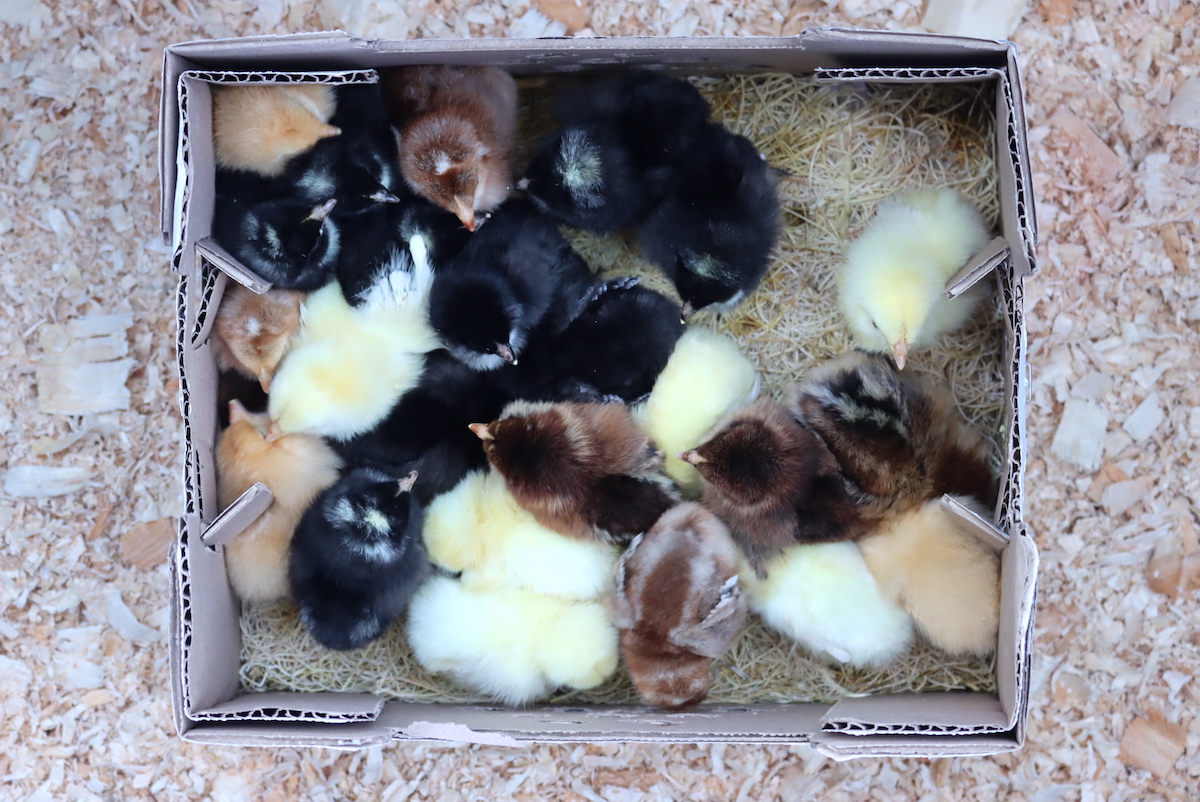
How to Choose Baby Chicks
When choosing baby chicks, the first important question is whether your chicks will be used for eggs, meat, or both.
Of course, some people only want the eggs, and others opt for a hardy table chicken. But you might prefer to choose a breed that can offer both.
For instance, if you allow hens to go broody and hatch chicks, a good dual-purpose breed means you can use the extra roosters for harvesting. This process saves a lot of money over time, should you choose to go in this direction. Here are three choices for each breed type.
Best Dual Purpose Birds (eggs and meat)
- Orpingtons (weigh between eight and ten pounds, lay 200+ eggs per year, and make great mothers)
- Plymouth Rocks (weigh around seven pounds, lay 260+ eggs per year, and are very docile)
- Wyandottes (weigh about six pounds, but offer phenomenal flavor, lay 240+ eggs per year, beautiful plumage, but can be aggressive)
Best Egg Layers
- Australorp (one of the top egg producers, at 300+ per year)
- Leghorns (250-300 eggs per year, BUT make sure they’ll be contained in a space with a top because they can be flighty)
- Rhode Island Red (300+ eggs per year)
Best Meat Chickens
- Jersey Giant (the largest chicken breed in the world, averages 11 to 13 pounds in 16 to 21 weeks)
- Cornish Cross (very popular, averages 12 pounds in six to eight weeks)
- Red Broilers (a Cornish Cross alternative, averages 10 pounds in 10 to 12 weeks)
Bantam or full size?
As you search chicken breeds, you’ll hear about the Bantam, which basically means a mini chicken! They’re much smaller, about ¼ the size of a regular chicken. True Bantam breeds include the Belgian Bantam, Japanese Bantam, Rosecomb, and Seabright. But you’ll also find developed Bantams like Leghorns, Orpingtons, Wyandottes, and Rhode Island Reds, which differ slightly from the true breeds.
Egg size is also smaller for a Bantam than a regular chicken, but there’s a higher yolk-to-white ratio. So, while yolks are about the same size, Bantam eggs have much less white.
Be careful about mixing Bantams with regular size chickens. The larger roos may hurt the smaller hens, and bantam roosters will challenge full size roosters, which doesn’t usually end well.
Straight Run or Sexed?
You’ll also have to choose straight-run or sexed chicks when ordering. Sexed chicks have been separated, male from female, and straight-run chicks have not. When you select a straight run set, you’re likely to get a fifty-fifty mix of males and females.
This process may not be the best if you only want egg production. However, it can offer excellent results if you’re planning on dual-purpose birds.
Cold Hardy or Heat Tolerant
If you live in an area where you might experience temperature extremes, choosing the right breed is always a good idea. For example, some species are much easier to raise in Northern states, where temperatures can dip below zero. But others are heat tolerant enough for California, Arizona, and Texas heat. So, wherever you decide to buy chicks, be sure to ask this question if you’re in either of these areas.
Setting Up A Chick Brooder
A brooder is a contained space where you can keep your chicks safe and warm until they grow their feathers at about four to five weeks. When you choose baby chicks, this is a must-have for ensuring their well-being.
You can buy a brooder, which is readily available at Tractor Supply Company or other farm supply stores, but it can be just as easy to make.
Cardboard Box Brooder (or Crate)
Using a cardboard box is quick, easy, and disposable once the chicks mature. However, it can be the most dangerous option if you’re not diligent in keeping the box dry. Clean and add new bedding as often as necessary to ensure this doesn’t happen.
Heat is another vital element, so most chicken keepers use heat lamps for their brooders. You can buy special lamps and bulbs that are perfect when hung at the right distance away from the chicks. You’ll notice the babies huddling together constantly if they’re too cold or separating and holding their wings out if they’re too hot.
Make sure they have ample food and water available, choosing equipment that won’t leak into the brooder. Special feeders and waterers are also available wherever chicken supplies are sold. And once you make the initial purchase, you’ll have it for future chicks if you decide to add more.
They should also have enough room to exercise without endangering themselves. Keep the brooder where pets and children can’t access it and where there’s plenty of ventilation without creating sudden temperature changes. Remember that chicks grow quickly, and offer a brooder size that will house them until you’re ready to send them into the coop.
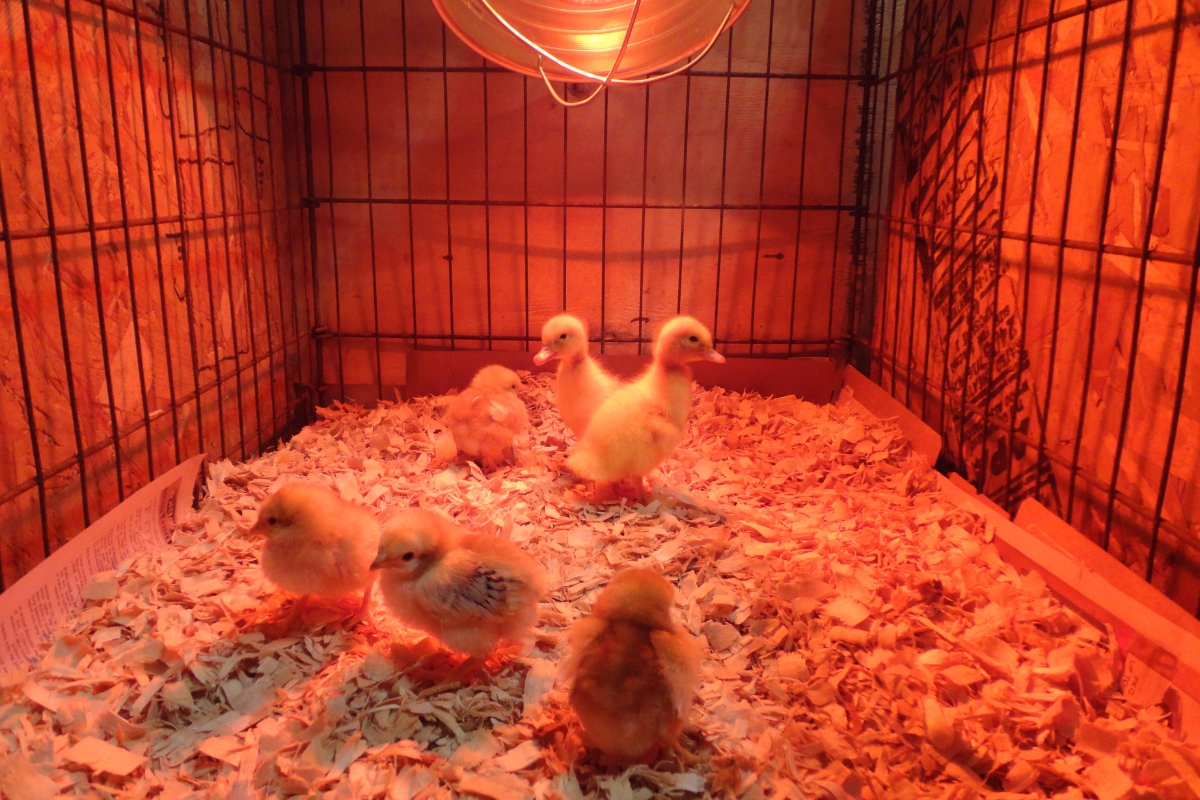
Outdoor Brooder
You can easily create a space outdoors for your brooder, following all the same important information about dampness, temperature, feeding, and space. However, be sure the building or area is mouse, snake, and rat-proof. There’s nothing worse than caring for a brooder full of baby chicks only to lose them to vermin.
Covering the brooder in chicken wire may not be enough for tiny pests, so consider a good quality hardware fabric. This product isn’t a fabric but a welded wire with ½ inch-square openings. If you only have access to chicken wire, don’t be afraid to double-layer it for the best protection.
Whether indoor or outdoor, temperature regulation is important. Start the brooder at 95 degrees Fahrenheit and reduce the temps by five degrees each week until their feathers grow in.
How to Care for Baby Chicks
Caring for baby chicks may be easier than you think. It’s all about ensuring the proper warmth, food, water, and environment. But you’ll also need to be sure the chicks aren’t pecking one another, which can happen occasionally. Heat lamps are often red, which discourages this behavior.
You’ll be interacting with them daily from when your chicks arrive until they’re ready to go into the coop. Changing out food, water, and bedding are primary concerns, as is maintaining the proper temperatures as the chicks grow into adulthood.
Baby Chick Care (Day 1)
Don’t wait until the day your chicks arrive to set up your brooder. Then, it should be ready to go with all the attached accessories.
As soon as your chicks arrive, the first thing to do is inspect them and make sure they appear to be in good health, with no injuries. For instance, when you place a chick on its back, it should be able to stand up in about three seconds.
Their eyes should be open, shiny, and clean, and their beaks should be clean, without malformations or red spots. The feet should not be swollen and no warmer than your cheek, with normal colorations. Down should be shiny and dry, without tackiness or dampness.
Once you see that the chicks are well, introduce them to the brooder, with room-temperature water readily available. Wait at least two hours before introducing the feed. Giving them water first gives them a chance to re-hydrate before they start to eat.
During this acclimation period, when the chicks are getting used to their new surroundings, avoid over-handling them or allowing children to play with them as soon as they arrive.
Baby Chick Care (Week 1 to 4)
The first week is critical for your chicks, so you’ll want to meet all their needs. Managing this often requires ongoing care throughout the day and night.
The bedding is one of the most important things to keep an eye on. Pine shavings are recommended to be an inch thick and spread evenly. This setup is absorbent and makes it easy to clean out the brooder as necessary. Some suggest using paper towels or shop towels on top of the bedding, at least for the first couple of days, to ensure the chicks don’t eat the shavings. Once they learn what their food is, what it looks like, and how it smells, this shouldn’t be an issue.
In the first week, the heat lamp should maintain 95 degrees Fahrenheit. After that, the most common setup is a 250-watt heat lamp with an infrared bulb, hanging at about 18 to 24 inches above the brooder floor. The red lights reduce stress for the chicks and keep pecking to a minimum.
For feeding, choose a simple feeder and waterer to set up and use, making sure the chicks cannot fall into the container from which they drink. Next, you can select the starter feed you prefer, with options like medicated, un-medicated, added protein, and other features.
For this first week, it’s vital to check bedding, food, water, and temperature at least twice a day or more if there’s a need for it. Since these needs are so crucial, staying on top of things is important to avoid injury and other unpleasant situations.
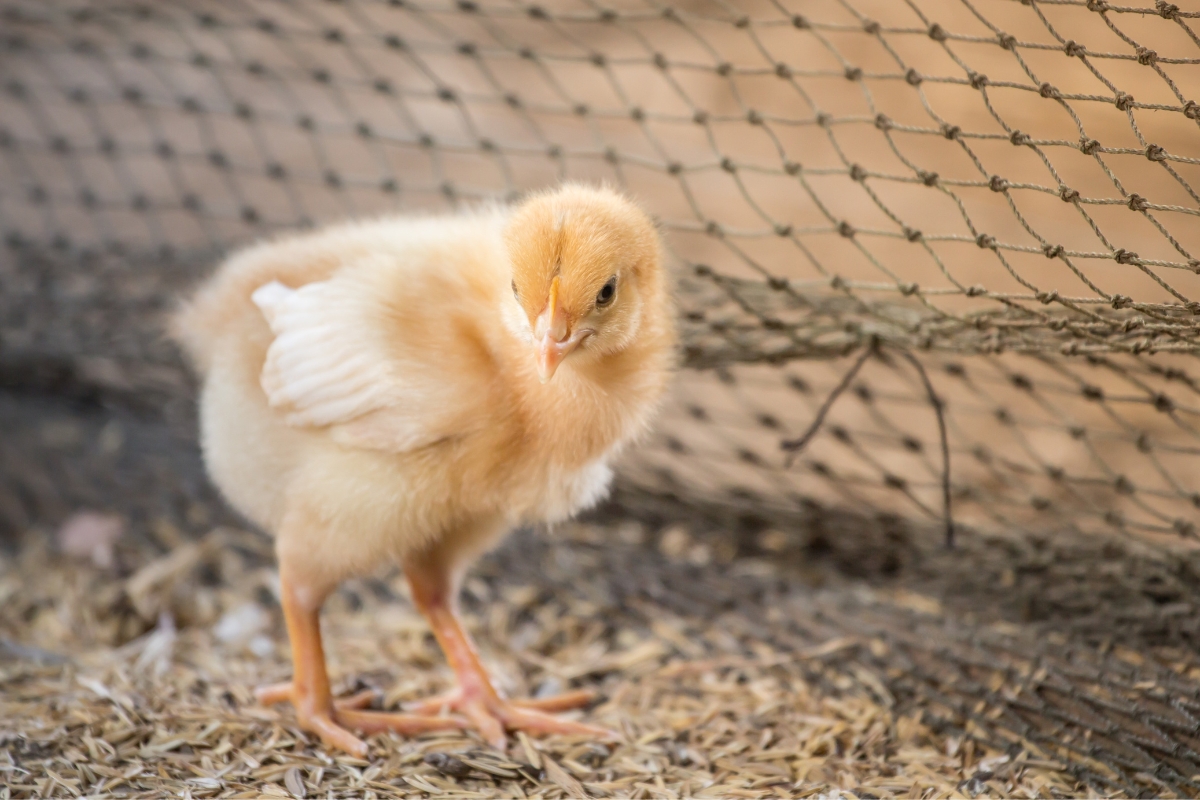
Baby Chick Care (Past 4 Weeks)
Baby chicks are in their “teens” by the fifth week, and you can remove their heat lamp as long as temps don’t fall under 60 degrees Fahrenheit. You can also start mixing some finishing food with their starter feed since plenty of food and water are necessary during these final weeks of brooder life.
If you’d like to introduce them to the world outside, wait until they’re in their sixth week, but make sure not to leave them out all night. Keeping them in a fenced area during the day and moving them to the coop at night is a great way to train them for free ranging. Once they develop the coop habit, they should return at about the same time each night.
From 7 to 15 weeks, allow them to enjoy some outside time, and keep feeding them finishing food and kitchen scraps with plenty of fresh water daily. By now, they will begin to know and trust you, enjoying a daily routine.
Baby Chicken FAQ
Still have questions about raising baby chicks? I’ll cover some of the most frequently asked questions, but if I’ve missed something, please be sure to leave me a note in the comments so I can add it.
Should I Start with Hatching Eggs, Chicks, Pullets or Laying Hens?
Choosing which to start with is purely up to personal preference. For hatching eggs, you’ll need an incubator and three weeks. Chicks need at least 8 to 15 weeks of your time. Pullets are already about eight weeks when you get them, and full-grown laying hens are ready to go in the coop.
If you choose laying hens, you’ll be fine if you buy them all together. Otherwise, introduce them into the coop at night when the rest of your flock is going to roost. This placement usually works out well and causes the old flock to accept the new much faster.
Should I Buy Sexed or Straight Run Chicks?
If you only want laying hens, choosing sexed chickens is the only way to be sure of what you’re getting. With straight-run chicks, you’ll have a 50/50 chance of roosters and hens.
When raising chicks for meat, always choose straight run, as they’re cheaper and the males grow a bit faster. If raising chicks for eggs, don’t keep more than 1 rooster to every six hens. That usually argues for ordering sexed hens, unless you’re planning on processing the excess roosters for meat as they reach maturity.
If you’re in an area where roosters are not allowed, obviously you’ll choose sexed hens, but keep in mind that it’s only 90% accurate. Odds are, if you order 10 “hens” that you’ll get a least one rooster mixed into the bunch. Have a plan for this ahead of time, either planning to sell, give away or process the rooster.
One way around this is to choose an “auto sexing” breed where the hens and roosters are different colors at birth. That will ensure you get all hens in your batch, as most auto sexing breeds are very easy to tell apart by coloration.
How Long Do Chicks Need a Heat Lamp?
You can usually remove the heat lamp between 4 and 10 weeks, depending on the breed and the temperature around your brooding area. If they’re a fast growing breed and the temperatures don’t dip below 60 degrees F, you can remove the heat source at around 4 weeks. If the temperatures are lower than 60, keep the heat lamp until they’re a good bit older.
Warmth is an absolute necessity for young chicks, so be sure to keep it as an option in colder areas for the best results.
How Much Space do Baby Chicks Need in a Brooder?
Some hatcheries suggest six to seven square inches of brooder space per chick. So for 25 chicks, your brooder should be 12 ½ square feet or just over three feet by four feet. This will keep them safe and healthy until about 4 weeks of age, at which point they’ll need more space.
Usually, at 4 weeks you don’t need a heat lamp anymore if temperatures are mild, so you can move them to a larger space without having to worry about the lamp.
If you try to squeeze them into a smaller space, you may see pecking or health problems that could be very detrimental.
How Much do Baby Chickens Eat?
From hatching until about eight weeks, baby chicks usually eat about two ounces of feed each day.
The interesting part is that chicks won’t overeat. Even if you add more than the recommended amount, they will only eat what they need for the day’s energy and nutrition. Always leave plenty of feed in the feeder, and your chicks will eat what they need.
However, the amount your chicks eat can be a little different based on the breed, the time of year, the feed quality, whether they free range, and whether you’re adding treats (which should only consist of 10% of their total daily regimen).
When Can My Chicks Go Outside?
Outside placement ranges from six weeks to 18 weeks, depending on many factors, including the outside temperature.
Temps must be above 60 degrees for the best results, and coops should be safe from predator intrusion, including snakes and mice.
When do Baby Chickens Become Adults?
Chicks are considered full-grown or “adult” chickens between 18 and 25 weeks, depending on the breed.
When do Chickens Start to Lay Eggs?
Most chickens start laying at 18 to 25 weeks, or about six months, with some earlier and some later. If you choose jumbo or giant-size chickens, they can take up to eight months (or 30 to 34 weeks) before laying their first egg.
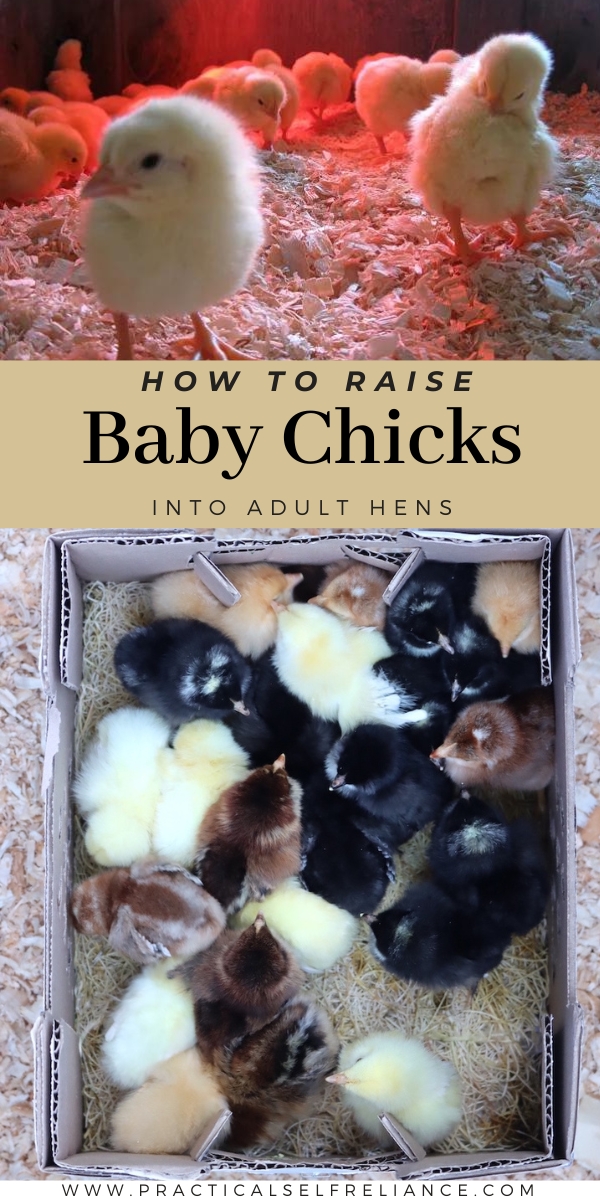

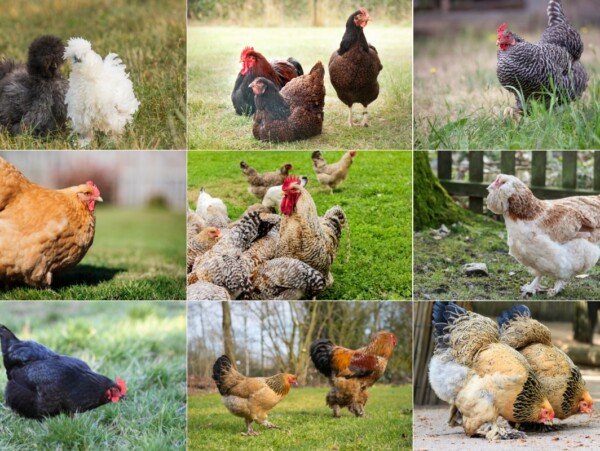
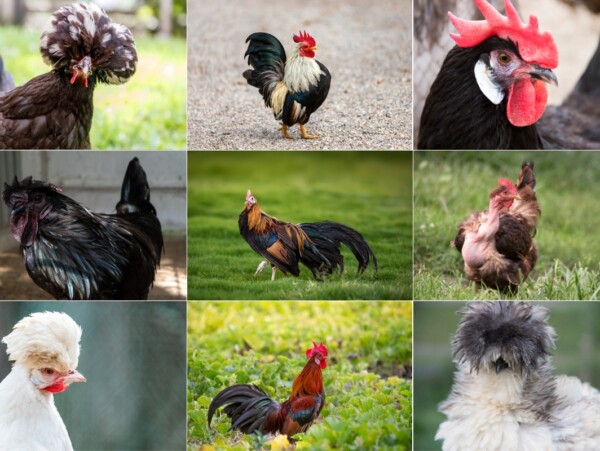
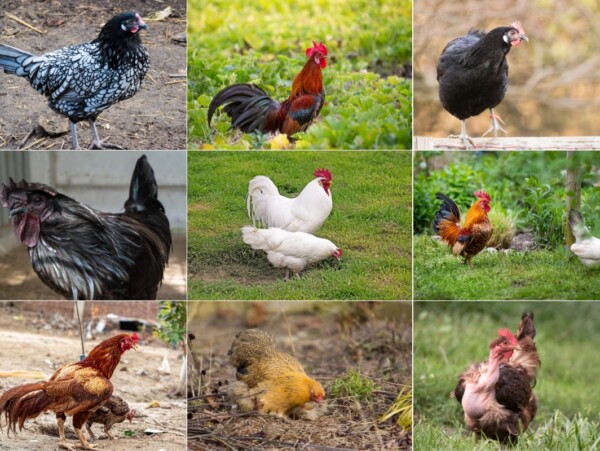
So it needs to be no lower than 60 overnight for the chicks to go outdoors/outside coop 24/7?
That’s correct. They need a heat lamp if temperatures fall below 60 until their feathers come in.
What about grit and calcium?
Starter feed does not need any additional assistance to be digested so grit is not necessary. The starter feed should also have enough calcium for growing chicks. Once they reach laying age, then you can provide additional free choice calcium.
Thank you so much for such a detailed article!
If by any chance you have some experience with duck, I’d love to read one day a similar guide for ducks. I have adult ducks and would love to have more starting with babies.
Thanks for all your sharing!
You’re very welcome. So glad you enjoyed the post. There is a little bit of information in this article about abandoned ducklings that might help. https://practicalselfreliance.com/caring-abandoned-ducklings/